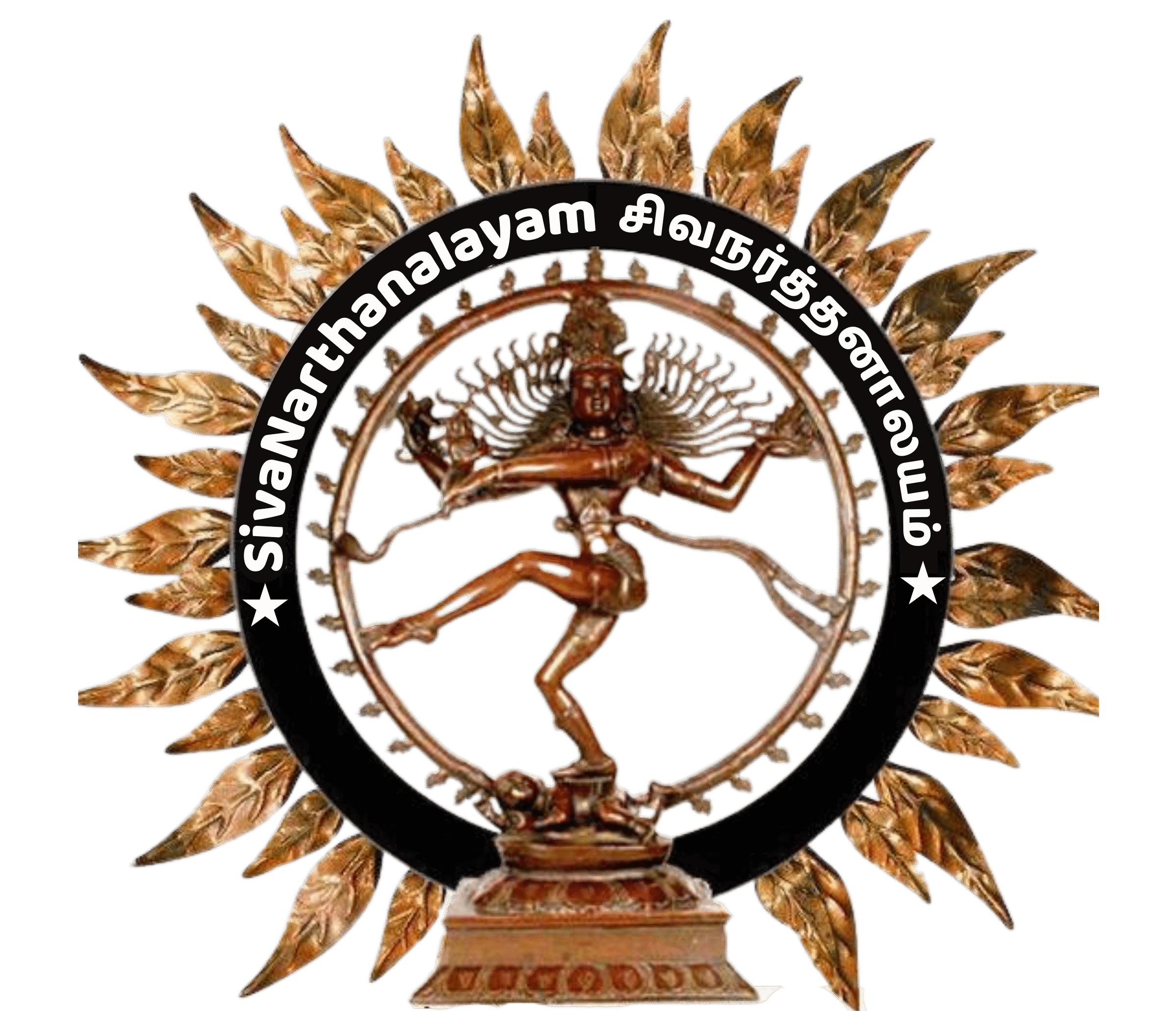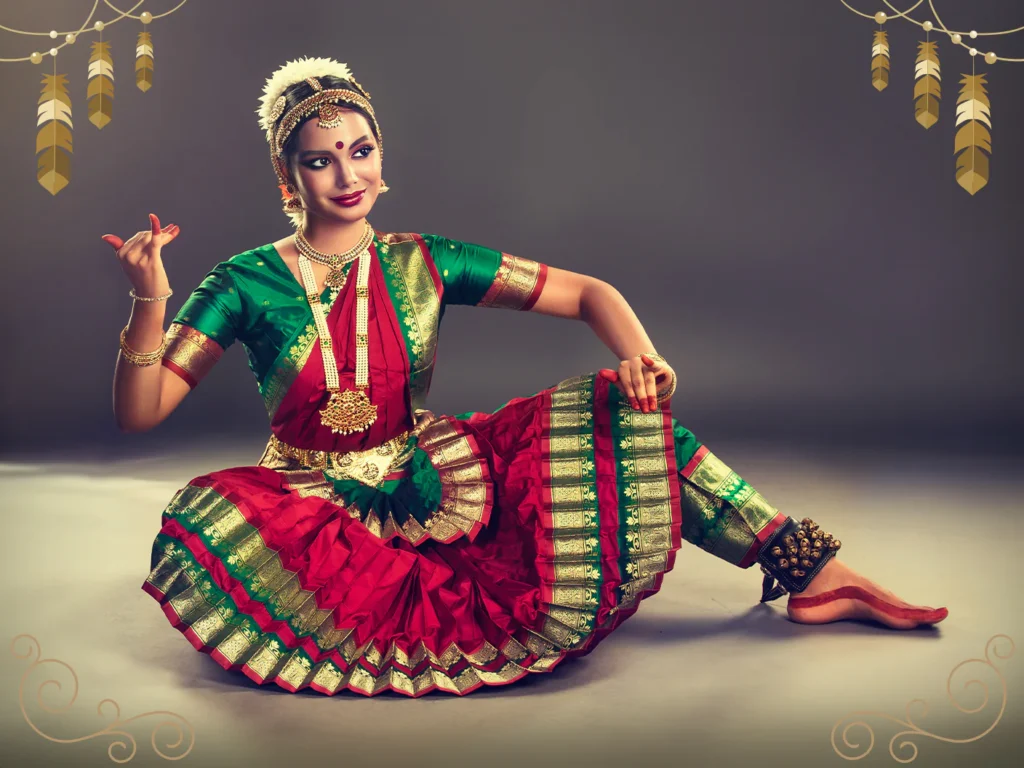Bharatanatyam (Tamil: பரதநாட்டியம்) is one of India’s most revered classical dance forms, with roots deeply embedded in Tamil Nadu’s rich cultural and spiritual heritage. Recognized by the Sangeet Natak Akademi, Bharatanatyam is not just an art form but a medium through which South Indian religious and philosophical ideas—especially those of Shaivism and Hinduism—are expressed.
Ancient Origins
The history of Bharatanatyam is as old as Indian civilization itself. References to its early forms appear in the Natya Shastra (around 500 BCE), one of the foundational texts on performance arts, and in the Tamil epic Silappatikaram (circa 171 CE). Temple sculptures dating from the 6th to 9th centuries CE also depict dancers in graceful poses, showcasing how refined the art had become by the mid-1st millennium CE.
Originally known as Sadiraattam, the dance was deeply tied to temple traditions and spiritual expression. In 1932, it was formally renamed Bharatanatyam, a title that reflects its elevated place among India’s classical dances. Today, it is considered the oldest classical dance tradition in India.
Styles and Technique
Bharatanatyam is not a monolithic style—it contains various bani (traditions), each shaped by the teachings of gurus and often associated with the villages or schools where they developed.
The dance itself is characterized by:
- A fixed upper torso, contrasted with bent legs and flexed knees (Aramandi).
- Intricate footwork that anchors rhythm and energy.
- A rich vocabulary of gestures (mudras) expressed through the hands, eyes, and facial muscles.
Performances are accompanied by live music, singing, and the presence of the dancer’s nattuvanar (the guru or conductor), who directs the rhythm and flow. The Bharatanatyam repertoire includes three essential elements:
- Nṛtta – pure dance, focusing on rhythm and movement.
- Nṛtya – expressive dance, conveying stories or themes through gestures and expressions.
- Nāṭya – dramatic elements that blend dance and theater.
A traditional program can last around two hours, during which the dancer remains on stage throughout, moving seamlessly from one item to the next.
From Temples to Stages Worldwide
For centuries, Sadiraattam was performed exclusively in Hindu temples as an offering of devotion. However, during the colonial period, in 1910, the British government banned these performances. The ban sparked resistance, and by the early 20th century, the Indian community had revived and reshaped the dance for public stages under the name Bharatanatyam.
Thanks to the efforts of pioneers like the Thanjavur Quartet, who formalized the structure of the repertoire, Bharatanatyam gained new life outside temple walls. Today, it thrives not only as a sacred art but also as a vibrant performance tradition. Modern productions explore themes beyond religion, sometimes fusing Bharatanatyam with other artistic traditions, making it both timeless and evolving.
A Living Legacy
Bharatanatyam continues to enchant audiences worldwide with its balance of discipline, grace, and storytelling. Whether performed in the sanctity of temples or on global stages, it remains a bridge between India’s spiritual heritage and the universal language of art.

